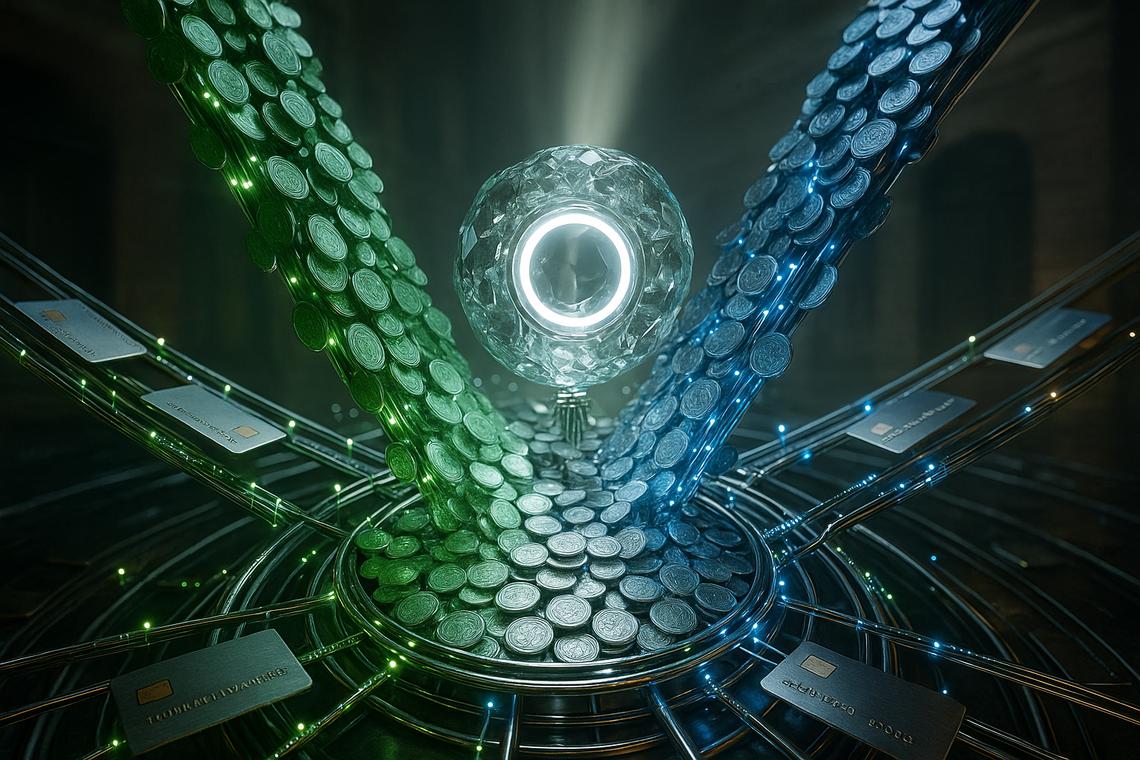Another Major Departure Hits Apple as iPhone Air Designer Moves to AI Firm
TLDRs;
- Rising Apple designer Abidur Chowdhury leaves for an AI startup, deepening Apple’s design team turnover.
- His exit follows years of high-profile departures since Jony Ive stepped down in 2019.
- Apple’s design group is now mostly junior, increasing fears of lost institutional knowledge.
- AI companies are aggressively hiring Apple-trained designers to lead next-generation hardware efforts.
Apple has been hit with yet another high-profile departure from its design ranks as Abidur Chowdhury, one of the key industrial designers behind the iPhone Air, has left the company to join an undisclosed AI startup.
The move marks a continuation of the talent drain that has reshaped Apple’s once-storied design organization, raising fresh questions about how the company will preserve its hardware design DNA in a rapidly shifting tech landscape.
New Generation Talent Leaves Cupertino
Chowdhury joined Apple in 2019 and quickly rose within the design organization, earning a visible role in the company’s September keynote, where he appeared in the launch video for the iPhone Air.
His prominence in that presentation signaled his emerging importance inside Apple, a rare spotlight for a designer who had not yet reached senior ranks.
Despite the positive reception to the iPhone Air’s design, the device saw slower-than-expected sales. However, sources familiar with the matter emphasized that Chowdhury’s decision to leave was not tied to product performance but to the pull of opportunities in the booming AI hardware sector.
Design Team Turmoil Continues Post-Jony Ive
Chowdhury’s exit fits into a larger pattern of departures that began after the legendary Jony Ive stepped down as Apple’s chief design officer in 2019. Since then, top leaders including Evans Hankey and Tang Tan have left, leaving the design studio, once the company’s crown jewel, looking markedly different.
Most of the veteran designers who helped define Apple’s aesthetics over decades have either retired or moved on, leaving behind a team now dominated by junior designers and newer hires. According to industry insiders, this loss of institutional knowledge risks diluting the distinct design philosophy that Apple spent years perfecting.
Even at the top, changes have been significant. Jeff Williams, Apple’s longtime COO who had been overseeing the design division since Ive’s exit, departed just last week. Apple later confirmed that the design team will now report directly to CEO Tim Cook, reflecting the company’s shifting leadership structure around hardware design.
AI Startups Target Apple-Trained Designers
The destination of Chowdhury’s next chapter reflects a growing trend: AI startups aggressively sourcing Apple-trained talent to build a new generation of hardware infused with AI-driven experiences.
AI firms are now hiring “AI interaction designers,” computational designers, and founding designers capable of crafting physical devices that blend advanced materials, miniaturization, and intelligent features, a hybrid skill set Apple designers are uniquely trained in. Chowdhury, who worked on the thinnest iPhone Apple has ever shipped, fits that mold precisely.
Design studios and manufacturing partners are also expected to benefit as AI companies advance from prototyping to full production. Experienced industrial designers help guide everything from conceptual models to factory tooling, a competitive edge for startups seeking to stand out in an increasingly crowded market.
What It Means for Apple’s Future
For Apple, the continued exodus raises concerns about how it can maintain its design-led ethos while ensuring continuity across upcoming hardware cycles.
While the company has continued hiring aggressively, critics worry that replacing decades of expertise with junior staff may weaken the subtle craftsmanship that defined the brand under Jony Ive.
The post Another Major Departure Hits Apple as iPhone Air Designer Moves to AI Firm appeared first on CoinCentral.
You May Also Like

Bitcoin mining company Bitfury launches $1 billion investment plan, focusing on companies in AI, quantum computing, and other fields.

VISA and Wirex launch on-chain payments in USDC and EURC on Stellar
